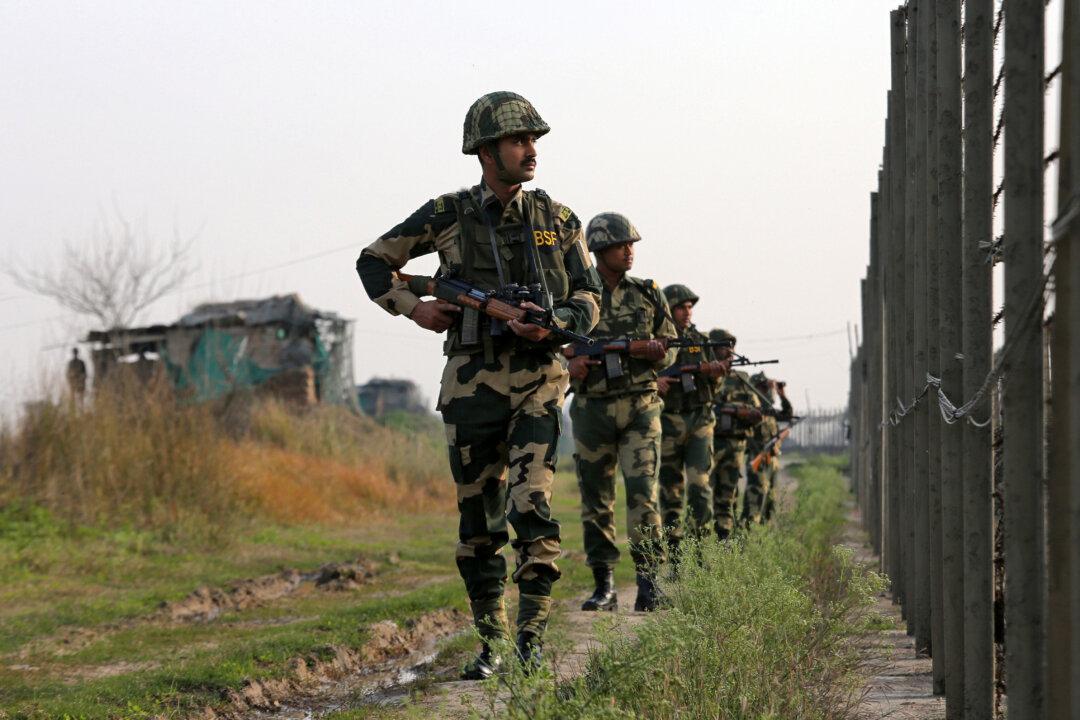News Analysis
NEW DELHI—The emerging situation in Afghanistan with the drawdown of U.S. troops calls attention to the ceasefire agreed to by India and Pakistan a few months ago, said experts.


NEW DELHI—The emerging situation in Afghanistan with the drawdown of U.S. troops calls attention to the ceasefire agreed to by India and Pakistan a few months ago, said experts.